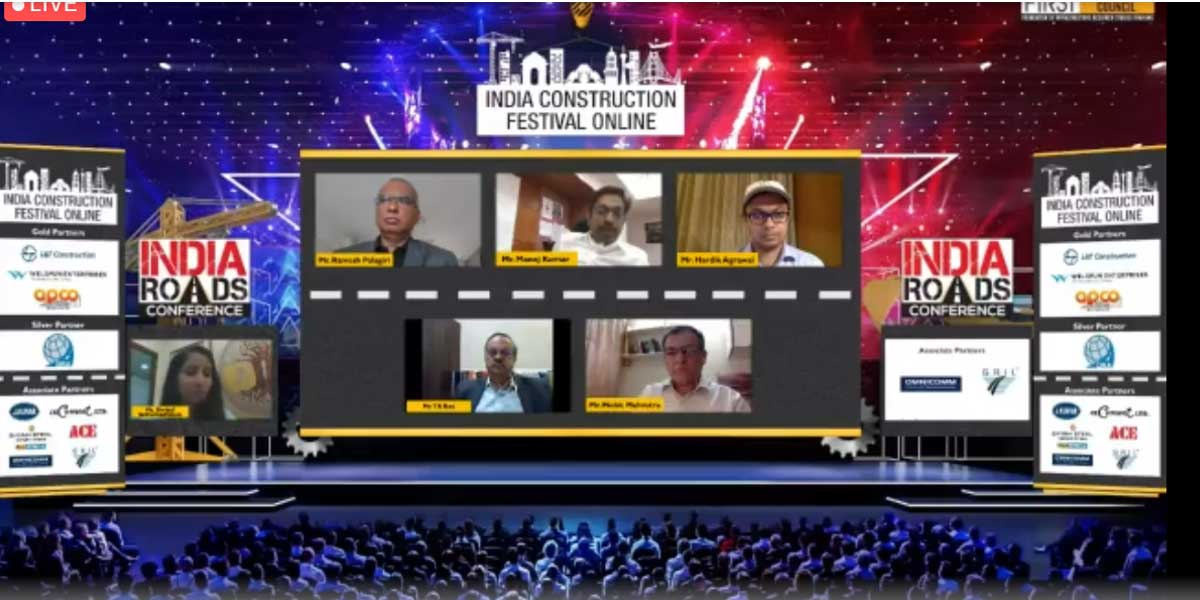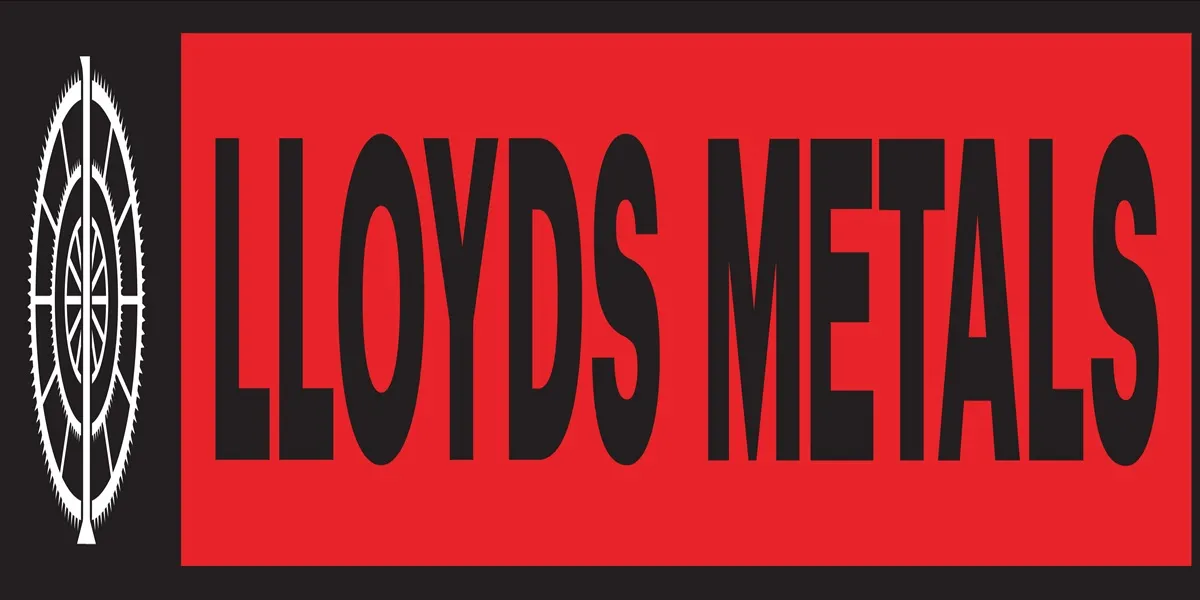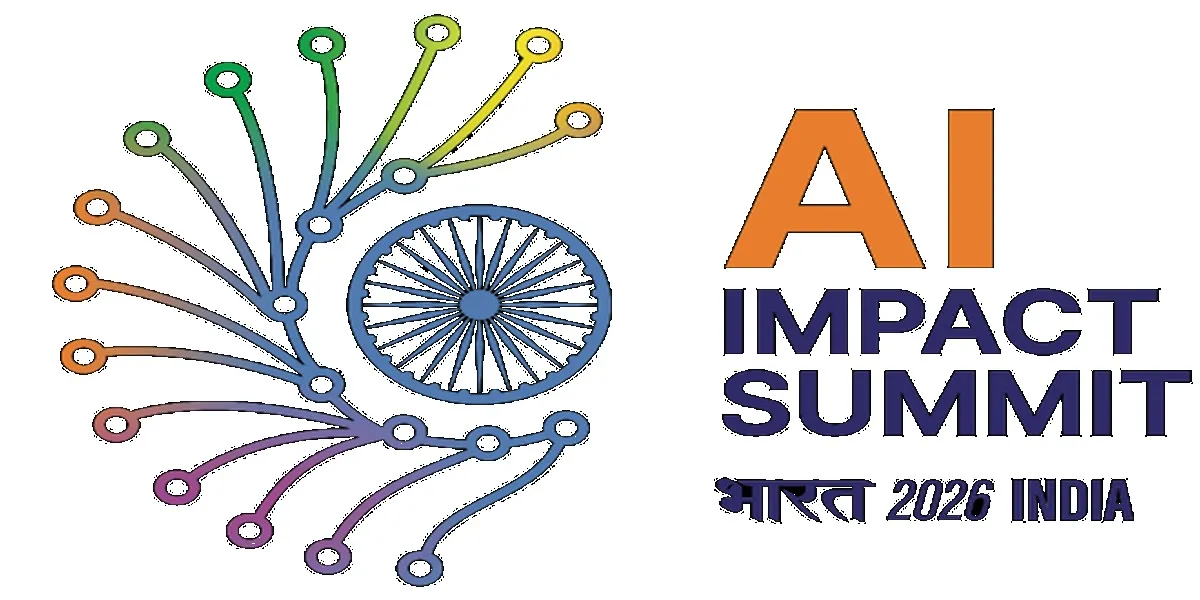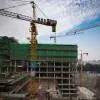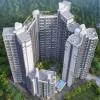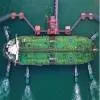The government has constructed 2,921 km of highways under the Bharatmala Pariyojna, and a total of 322 projects in a length of 12,413 km have been awarded till August 2020. Despite COVID, NHAI has awarded 60 per cent more length of projects during the first half of FY 2020-21 as compared to FY 2019-20 during the same period. The authority has awarded 1,330 km worth Rs 472.89 billion during April-September 2020.
With much in the pipeline to execute, the question remains: How do we ensure smooth and on-time implementation of highways proposed under the Bharatmala and the expressways?
The recently concluded 10th India Roads Conference – part of the India Construction Festival Online 2020 organised by FIRST Construction Council – initiated a panel discussion on this matter. Moderated by Shriyal Sethumadhavan, Feature Editor, CONSTRUCTION WORLD, the panel included Hardik Agrawal, Director, Dineshchandra R Agrawal Infracon; Manoj Kumar, Member-Projects, National Highways Authority of India (NHAI); Mohit Mehrotra, Managing Director, Omnicomm India; Ramesh Palagiri, Managing Director & CEO, Wirtgen India; and TR Rao, Whole-Time Director, PNC Infratech.
The year 2020 for project awards
This year has been challenging due to COVID-19. “But all our stakeholders – contractors, consultants, engineers, and state government authorities – have responded in a resounding manner. In terms of construction, we did lose two-three months. But we have been able to cover a lot of ground,” Manoj Kumar kicked off the discussion on a positive note.
Land acquisition has been a bigger challenge this year, he said stating that the process involves revenue authorities at district level and they have been primarily busy with relief works or works related to COVID. However, he added, “While there was a certain shortfall in the initial three to four months, we have picked up and this year in terms of awards and land acquisition, we will set new benchmarks. We will exceed our previous highest.” By and large, the highways sector has been leading from the front in the economic recovery. “This year,” Kumar added for project awards, “we should be close to 5,000 km worth Rs 2 lakh crore. And, there are still six months to go.
Approaching labour crises
The pandemic year has led to huge labour crises as well.
On how construction companies can cope with this challenge, Hardik Agrawal joined into the discussion: “In the case of equipment handling and skill operators, there was a shortage for some period. But we were constantly cross training for various skills. So somebody handling a soil compacter would also know how to handle a pneumatic tyre roller. Cross training helps with filling up any gap that would come up in due course of our project.” On a positive note, he shared that on April 20, when the government allowed construction activities to resume, at almost all of the company’s sites, the entire labour strength was present and they were willing to go back to work. During the lockdown, the company (Dineshchandra R Agrawal Infracon) ensured that every member on the site was given a healthy and sanitised lodging condition, along with good housing facilities.
Quality check!
It is vital for construction companies to ensure quality of construction. TR Rao emphasised on technologies that are being adopted through all the three stages of construction:
Design: In the case of Nagpur-Mumbai Expressway – the Samruddhi Mahamarg – the Maharashtra State Road Development Corporation (MSRDC) has stipulated that the entire design should be done on Building Information Modelling (BIM). With BIM, designs can be monitored in a 3D/4D kind of an environment on real-time basis. Further, in the case of critical construction such as bridges and flyovers, PNC Infratech refers project designs to IITs – such as IIT-Kanpur or IIT-Roorkee – for validation.
Execution: We are now shifting to motor technologies and mechanisation. For instance, PNC Infratech sources equipment from Wirtgen. For the Nagpur expressway, we had used the SP1600 – the 16-m wide paver paves the entire width of one lane in a single go.
Maintenance: Micro surfacing machines are used to repair roads. In case of potholes during monsoons, we are adopting cold mix technologies, which are more like a rapid setting.
As for safety, a major focus has to be on multi-layered quality checks at various levels of the project, said Agrawal. Supporting the usage of BIM, he added, “We have created a robust BIM execution plan by which we have mapped out all the utilities and hindrances coming in our path.” He additionally mentioned environment safety as an important aspect. “In locations such as Delhi/NCR, projects go on hold for two to three months due to pollution, which is a big blow to the entire financial cycle for the developer. Contractors should install environmental management systems and software to minimise the impact, and probably eventually such stoppage might not be required.”
To ensure quality construction, Kumar went on to speak about the systems that NHAI has in place. He said, “First level of checking is done by our consultants, independent engineers, and the authority engineer. In recent times, we have started a second level of testing – third party testing – wherein we have strengthened our quality check cell at the headquarter.” NHAI identifies projects pan-India and sends two to three engineers to these sites to conduct an intensive quality audit. The authority is also in discussion with various engineering colleges. Kumar said, “We are trying to rope them in so that their services are taken in the projects in their respective areas.” In addition, the authority is appointing quality monitors, senior retired professionals or senior experts in highways, to oversee the quality of important projects, and to examine the project from the user perspective. Kumar said, “Based on the outcome of it, we will take the experiment further.” Furthermore, this year, to put more focus on quality control, NHAI has decided to engage KPMG for auditing 5 per cent of its projects across the country. Kumar further recommended the industry to have a culture of project management consultants (PMC) to ensure quality work, especially when they are engaging a number of sub-contractors. “It is only the partnership between the contracting industry and the government or NHAI that can ultimately result in better roads.”
Machines for high precision, quality and efficient processes
The last 18 months have been challenging for the construction equipment industry. However, there has been a revival in the last two to three months, said Ramesh Palagiri. “Most of us were operating at less than 50 per cent capacity. But now demand is picking up and we are quite positive.” He attributed the reason for this demand to NHAI and the various state authorities, especially in Uttar Pradesh and Maharashtra, for aggressively bidding projects. The result of which, there are enough jobs to execute atleast for the next two and a half to three years.
While earlier, customers were keen to go in for rental and leasing equipment, now there is more purchasing happening. Further, there has been an evolvement in the last three to four years – among contractors, consultants, NHAI, or even institutes like IRC or CRI – towards the acceptance of new technologies. Palagiri cited the example of soil stabilisation: “We are discussing with our customers about introducing new technologies that can speed up construction and reduce cost especially for Bharatmala projects.” For example, he said, “Today, BBM is done in three layers – 250 mm – because as per the current guidelines, contractors are allowed to do only 100 mm in a single pass. But typically with the kind of machineries our customers own, they can easily do up to 150 to 200 mm in a single pass and this is done in the global market.” This reduces the construction cost and is much faster because what is done in three passes reduces to two.
The second technology that Palagiri mentioned was the InLine pave, where “it is possible to do the BBM and BC in one go.” This technology is proven in Germany and has been used for the last 10 years. “We will work with our customers and the authorities in the government to see how fast we can bring these technologies because this ensures quality along with speed of work and reduction in cost.”
Managing fleet and fuel
The moment you are operating a fleet, fuel becomes about 40 per cent of the fleet cost. And, reports indicate that globally there is 25 per cent inefficiency (on an average) in fuel management for various reasons; the India numbers are not very different.
Mohit Mehrotra said, “We are still at an early stage in utilisation of fleet management for all the asset and machinery that are used.” Speaking of the global picture, he shared from a Frost and Sullivan published data that the total number of fleet management or assets on fleet management is approximately 30 per cent to 50 per cent of the overall construction fleet. “We are speaking of a size of anywhere between 2.5 million assets globally on fleet management. Many of these would be OEM fleet management systems.” Of the total construction equipment market in the world, India is probably doing about 8 per cent, he said adding that the country is growing much faster compared to the other domains. “India is the single largest growing telematics fleet management market in the world now with a CARG of 17 per cent (before COVID).”
Speaking of fleet management, Mehrotra further delved in detail in to the aspect of managing fuel. “We want to avoid pilferages; we want to ensure that there is a digital track and trace of the fuelling systems – so there is a whole digital audit trail – and the moment we start doing that, the contractors start seeing significant improvement not only in cost but in the productivity of operators.” So where are we overall? He said, “Our penetration would be less than 20 per cent of the overall construction fleet, but we are moving very fast.”
Omnicomm has adopted after-market technologies. They are precise capacity fuel sensors, which are installed in the tanks of the vehicles, Mehrotra informed. They are connected using a GPS device on the vehicle, and be it a mobile phone or a desktop, the operators get alerts every time there is a refuelling. “This becomes a single biggest entry in the overall fleet management to better manage projects.”
Monitoring real time data
For all ongoing construction projects, especially expressway and greenfield projects, NHAI compulsorily conducts a drone survey every month. Kumar shared, “This gives us a clear view on the progress, hindrances, pending land acquisition, and it brings in transparency in monitoring of projects or at the later stages of dispute resolution.” Monthly data is available and there is an organised system wherein this data is stored and can be retrieved at any point in time. Also as equipment gets upgraded, Kumar added, we can definitely have actual real time monitoring in terms of where and how a grader is being used and how many passes it has made.” He added that NHAI is considering mandating the usage of GPS in all construction equipment on highway projects, and that this may be introduced around the next financial year.
The challenge of land acquisition
Land continues to be a major challenge.
“The biggest problem in land acquisition is that NHAI or the ministry sponsor these projects and they invest huge amount for land acquisition,” said Rao. “But land is essentially the subject of state. Hence, the state government’s entire missionary, particularly the district administration and revenue officials, have to support.” He mentioned, “In case of a project delay, for NHAI there is a double whammy – one, the contractors say that the project is delayed, there is an escalation in price, overshoot of timelines and seek compensation, and two, NHAI also loses typically Rs 5-6 lakh toll for 10 km. He urged NHAI or MoRTH to take some commercial call, in the acquisition of land.
To this, Kumar responded saying that the size of problem is much more for the older projects. “We are dealing with it at two levels – first, by improving our own systems, and two, we have completely tried to digitalise the process of land acquisition so that the missing survey numbers are minimised. In the last two years, as we started on greenfield and expressways, we have reduced the missing survey numbers from the earlier 20-25 per cent to around 5 per cent.” As for the problems within that 5 per cent, NHAI is looking at it case-to-case basis. Summarising his point, Kumar said that land being a state subject, the authority is working with state governments, and as revenue records are digitalised by the states, the problem will further get reduced and hopefully projects will be delivered in a much faster manner.
The key recommendation!
The much intriguing panel discussion concluded with each panellist sharing one key recommendation that can lead to the successful implementation of highways proposed under Bharatmala and expressways.
Ramesh Palagiri: If there is a technology that is globally proven, and as long as quality is assured, the contractor should be given the right to execute and use it to complete the job faster.
Hardik Agrawal: A single window clearance and a fixed time disposal of all approvals and processes would lead to fast execution of projects.
Mohit Mehrotra: Quick and timely payments of bills for our customers (the contractors) makes the whole system move fast. Sensors are available today, and with IoT, NHAI along with contractors will be benefitted in real time.
TR Rao: Expedite measures to land acquisition, utility shifting and decision-making. Also, divestment of investment is a requirement for us as developers and approvals need to come through in a time bound manner. It is a key requirement so that I can move forward, free my equity, reinvest it, deleverage my balance sheet and go in for a fresh debt.
Responding to the key recommendations put forward by the co-panellists, Manoj Kumar said:
On clearances: Things have changed in the last one year and quick decisions are being made. We have launched a portal wherein if certain issues are pending, contractors are free to put in their request. This is looked at by the NHAI management directly and issues are resolved.
On divestment: We are working on that and some relaxation is expected soon.
On technology: We are ready and eager to adopt new technologies but my request to the friends from the industry is that they have to take the lead and show the way.
Kumar concluded saying that there is no dearth of money and no issue of land acquisition. “Let’s achieve maximum road construction this financial year. The message from the government to NHAI is ‘ask for the money and it is available’. So let’s work together and let it be the best year of highway construction.”
- SHRIYAL SETHUMADHAVAN
